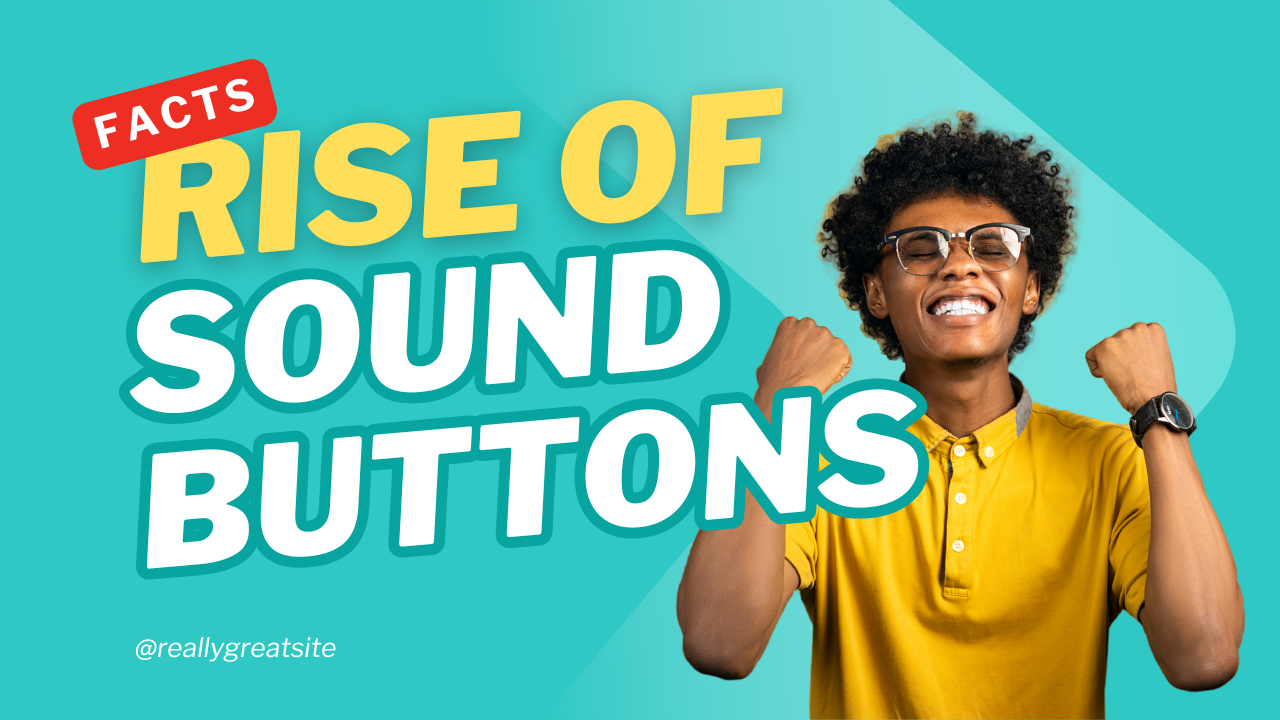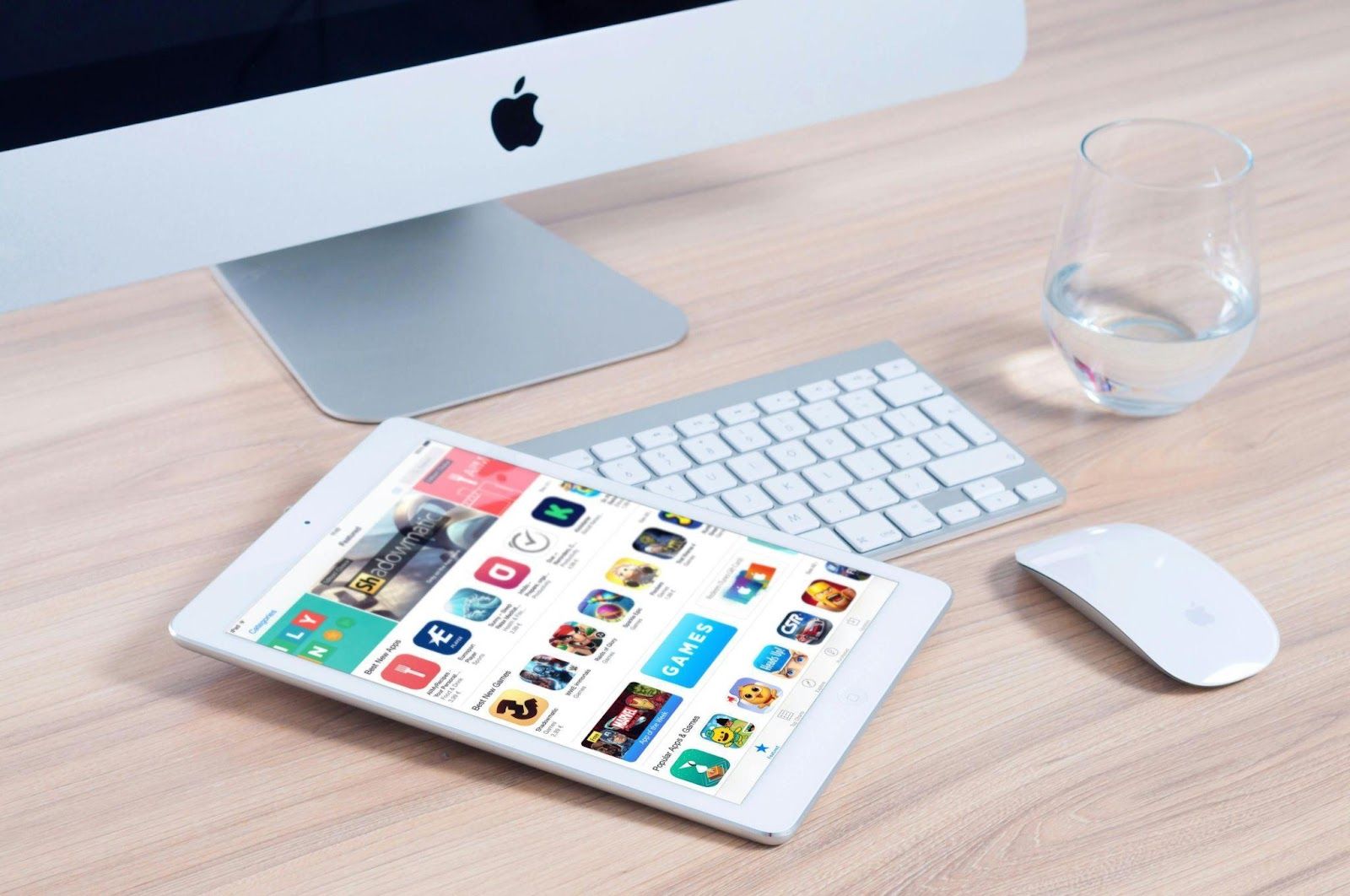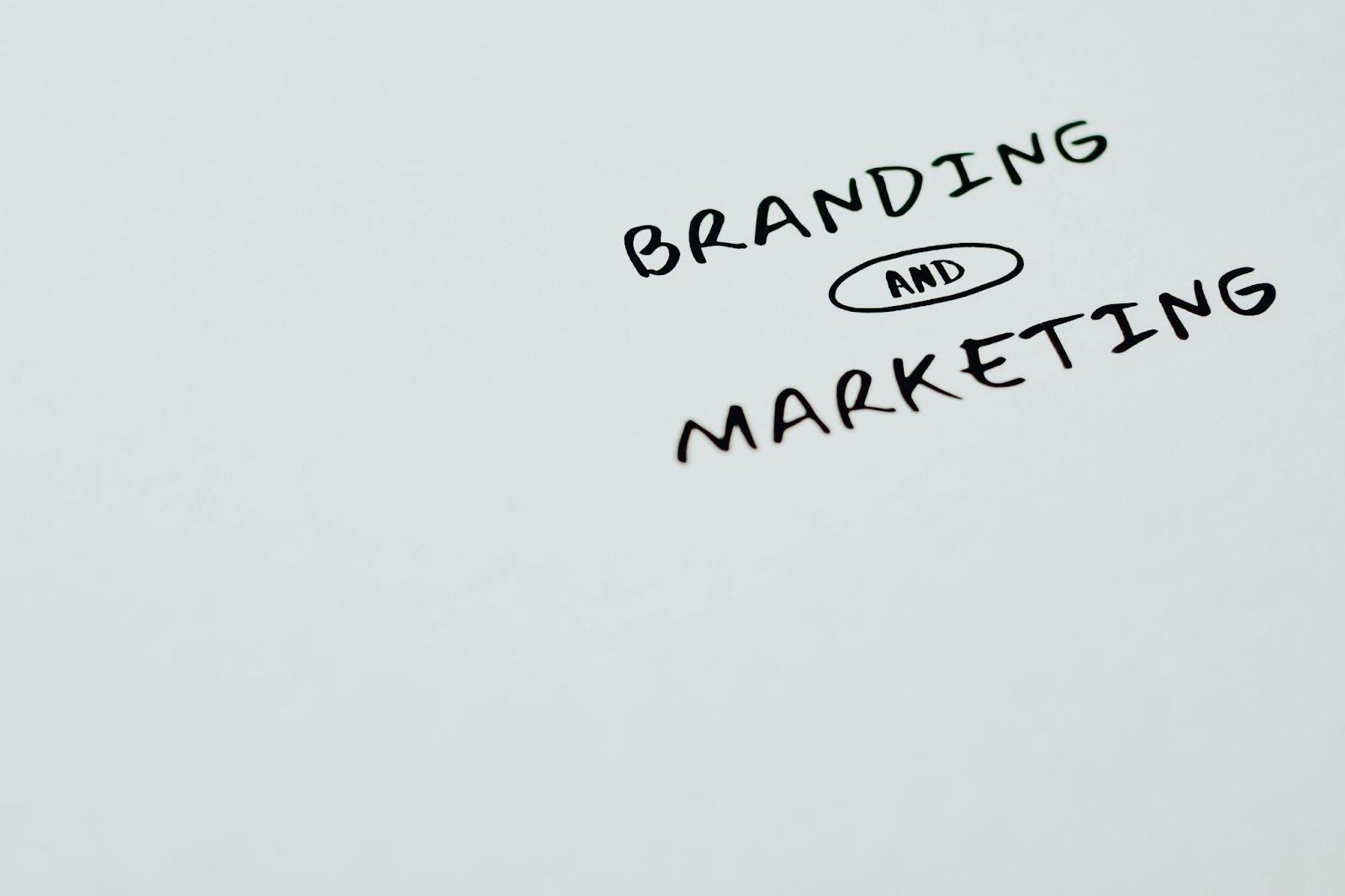The Rise of Sound Buttons: From Memes to Marketing Tools
Sound buttons are everywhere in the heart of our digital world. Sound ButtonsWhether it be a funny sound effect in with meme, providing some dramatic drumroll on YouTube or clever audio clip while advertising; Sound buttons are everywhere. Yet, how it did that makes the popularity of these simplistic audio tools today and also in marketing purposes? This article examines The Evolution of Sound Buttons, and how they went from being an internet culture phenomenon to a sound advertising strategy.

What Are Sound Buttons?
Sound buttons are tools that can give a one-touch or single-click playback of short, pre-recorded audio clips. This can be a physical device, an app or online tool. Chances are, the buttons play.html is playing some funny sounds, or infamous quotes, laugh tracks such as applause(!).
Most sound buttons were built for entertainment purposes originally. Later on, they were weaponized by content creators and streamers, even companies. Now, however, they have found a variety of uses in marketing campaigns, live events or social media to grab people's pinball attention and bring about something truly memorable.
The Early Days: Memes and Internet Culture
Sound buttons originate from soundboards which emerged around the early 2000s. Soundboards are lightweight programs or websites where users press buttons to play sound clips of some kind — usually choosing moments from movies, TV shows or memes. And these clips often featured iconic movie lines, amusing quips or daffy sound effects.
Soundboards became a heavily used trend for prank calls. Celebrities who had opened their trap in movies, were literally used for a new Bollywood release — people would record these voices and troll other users with funny or confusing calls. Internet memes also began incorporating sound clips as well around this time. It is similar to standard sounds like the “Sad Trombone” or even worse, upon hearing two notes from an entire chord progression you start singing Walk on By.
This was the first key stage of sound buttons integrated into internet humor. These moves were simple, powerful and shareable.

The Transition to Mobile Apps
With the popularity of smartphones, sound buttons moved from desktops to mobile applications. With applications , users can take these audio effects anywhere they go.
The fact that previous apps like mobile sound buttons running even more seemed to be a trick with thousands of sound clips at your fingertips by the press on the other hand. It was the make-or-break sound effect of a booming "Bruh" or hilarious movie quote that suddenly became essential for meme makers and social media enthusiasts alike.
And apart from pre-recorded clips, those apps also allowed users to upload their own sounds. The thing is people can also create custom sound buttons that could give more flexibility and would make it personal.
Sound Buttons in Social Media and Streaming :
Audio is a fundamental part of social media platforms such asTikTok, Instagram Reels and YouTube Shorts. Catchy sound bits or silly audio snippets are significant drivers of viral trends. Sound buttons will make it simpler to add these audio moments into videos.
Sound buttons are generally what you would find on streaming platforms like Twitch, who actually use them to add some flavor into the streamer's content. Applications like Stream Deck offer a way to do that; streamers can even execute sound effects in-game. As an example, the streamer can use a sound of applause each time he wins or it will be funny if during some comic moment you play short music bites.
Many of these tools allow streamers to interact with viewers which in turn makes the live content more entertaining.
Sound Buttons Enter Marketing :
The business side was not long to notice the marketing opportunities sound buttons provided. Audio is evocative and creates strong emotions and memories. A brief jingle may be quick to catch the ear and can be more easily remembered after listening.

The Way Companies Utilize Sound Buttons
Used in advertisements: You see, by creating an iconic 3-4 second melody or jingle many companies have made their brand extremely memorable.
Social Media Ads: Marketers implement sound buttons in the ads that they have created under social media campaigns.
Buttons: Some websites use buttons with a sound (like when you fill in the form, etc), so that user knows whether they succeeded.
Live Shows — If you have a live event, like on-stage debates or announcements during product presentation, sound buttons can be used for various features e.g. sound effects, applause and added drama moments etc.
As an illustration, you could possibly have a brand use one specific sound in all their commercials. Eventually, people hear that sound and it becomes synonymous with the brand — almost like a logo.
Emotional Attachment to Sound Buttons:
Sound can shape emotional connections like nothing else. Studies have shown that audio elicits faster reactions from people than visuals. Because a quick sound effect can get someone's attention immediately, and lead to an emotional response.
As an example, the sound of a cash register may now bring people back to their time spent shopping whereas other sounds like those of cheering can create thrills. These psychological triggers are utilized by marketers to form deeper emotional connections with their audience.
Customization and Personal Branding :
Sound buttons are so powerful because they can be tailored. Brands and content creators can make their own signature sound buttons that resemble the sounds of your brand or even like you.
For example:
The sound button could also represent the YouTuber's custom catchphrase.
That same brand might have a custom chime sound in every commercial.
Therefore, this level of customization helps sound buttons to be used as a highly effective branding tool.
Sound Buttons in Accessibility
Having sound buttons is an important part of increasing accessibility for digital tools as well. For those who have hearing impairments and/or disability, sound buttons could be their assistive technology for communicative purposes. The same can also be used for triggering pre-recorded messages or instructions through just a press and make them useful in educational as well as assistive technologies.
Conclusion :
Sound buttons have a fascinating history that stretches back to 2008, and soundboards on the web. Originally used as niche humor and meme generators, they have since grown into a vital part of everyday content creation; streaming and even marketing.
The publicity, emotional bonding or enhancing of user experiences in entertainment and business are the fundamental commodities associated with these techniques. Whether you are using them for a meme, a live stream or in marketing they have their charm forever.
With technology getting advanced every day, sound buttons will somewhere have a niche of their all over the digital world in our method of communication, creation and marketing commencement.
